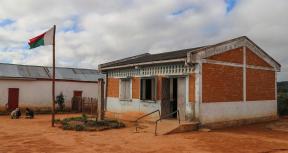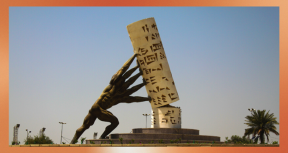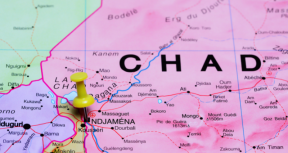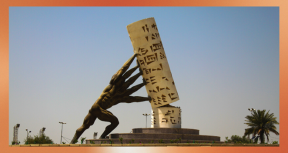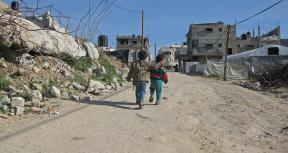Globally, conflict is becoming more complex and intense. The World Bank’s contributions to reducing poverty and boosting shared prosperity increasingly rely on its ability to engage effectively in situations fraught by conflict.
This report seeks to surface lessons to inform early implementation of the World Bank Group’s Strategy for Fragility, Conflict, and Violence 2020–2025 (FCV Strategy).
The evaluation analyzes how the World Bank works differently in conflict-affected situations by assessing four key aspects of engagement:
- the extent to which the World Bank identified and addressed conflict drivers and risks at the strategy and country level,
- how these drivers and risks are integrated into operations,
- the ways in which the World Bank has adapted its engagement by working with clients and partners during situations of political instability, and
- how the World Bank has contributed to project-level results and higher-level outcomes related to peace and stability.





